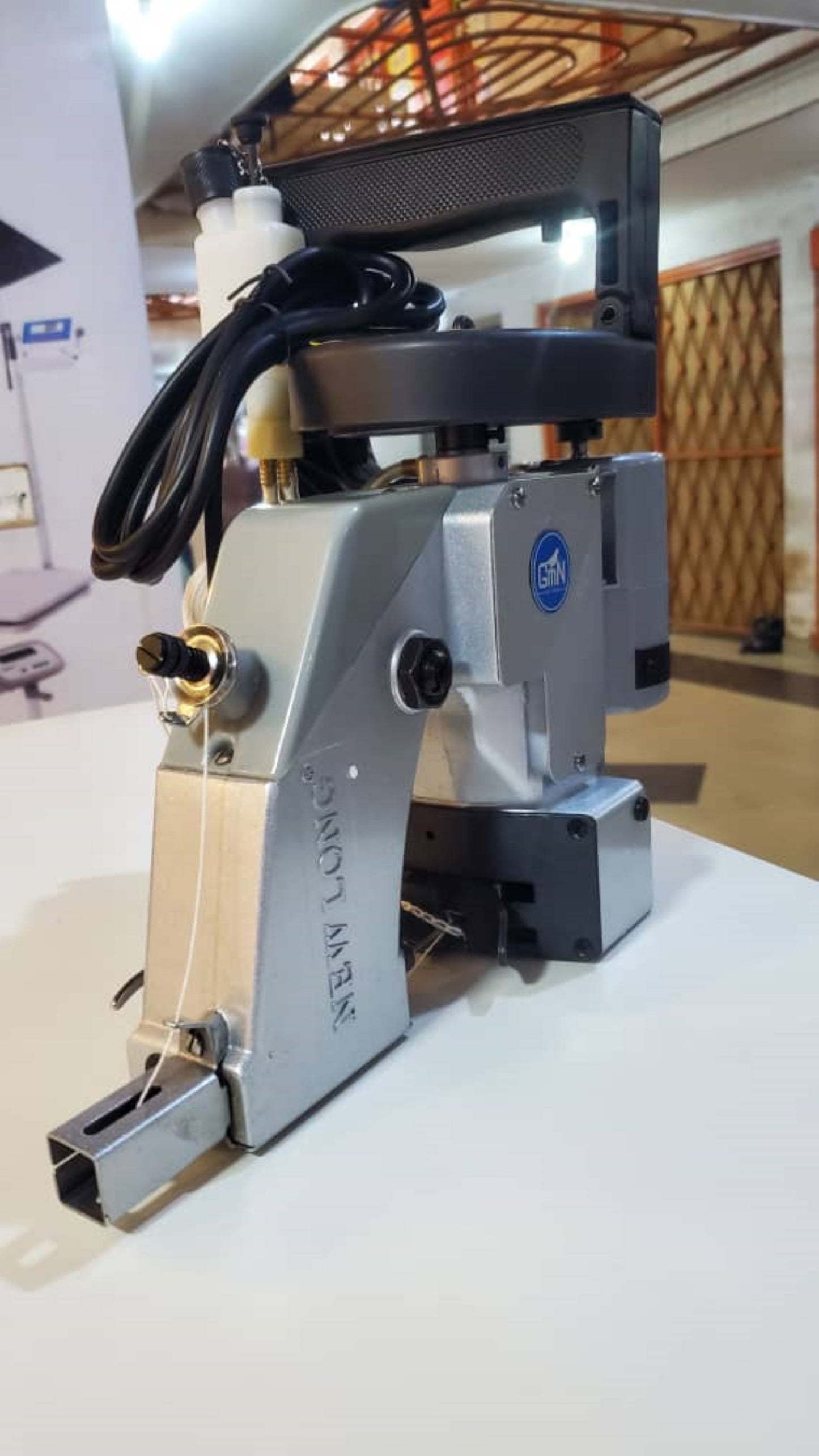Smart Weighing Scales Kampala
How To Choose The Best Bag Closer Machine In Uganda
How To Choose The Best Bag Closer Machine In Uganda
Couldn't load pickup availability
What You Need to Consider
When selecting a bag closer machine (sometimes called a bag sewing or bag sealer machine), in Uganda there are several important criteria. Drawing from general machine‑spec guidance (e.g., “Select bag closer machine” advice) and region‑specific usage (agriculture, bulk bags) you should review:
1. Bag Material & Compatibility
-
What kinds of bags are you sealing? Woven polypropylene (PP), multi‑wall paper, jute, laminated sacks, cotton? The machine must be rated for the bag material. For example: “Material compatibility matters … each one needs slightly different machine settings”
-
If the bags are thick (e.g., woven PP for grain or feed), you will need a machine that can handle that thickness and feed reliably (needle clearance, motor strength, feed mechanism).
-
If you might switch between materials (paper to plastic, etc.), a more versatile machine is better.
2. Throughput / Volume & Speed
-
How many bags do you need to close per hour/day?
-
Machines are rated by stitch‑speed or bags/hour. For instance, some machines list stitches per minute or m/min feed speed.
-
If your volume is high (e.g., multiple tonnes of sacks per day), you’ll want a machine with higher speed, durable motor and minimal downtime.
3. Build Quality, Durability & Maintenance
-
Heavy‑duty construction: wear‑resistant parts, strong motor, proper lubrication, good feed mechanism. For example, a spec sheet for a bag closer mentions: “enhanced feed mechanism … higher presser‑foot clearance … heavier duty work in agricultural/industrial environment”
-
Maintenance requirements must be reasonable in Uganda (spare needles/threads available locally, ease of lubrication).
-
Consider environment: if you operate in dusty, hot, or humid conditions, a robust machine will hold up better.
4. Power Requirements & Local Conditions
-
Ensure the machine works on Uganda’s electrical supply (usually 220‑240 V AC, 50 Hz) and that you have stable power or consider battery/portable alternatives if power is unreliable.
-
Check whether the machine can run continuously if you have many bags to seal.
5. Size, Weight, Portability & Use Location
-
Will the machine be stationary in a factory/sealing line or mobile (e.g., in field, warehouse)? A portable machine may be better for mobile use.
-
Weight and ease of movement, hose/cable length, how it mounts or rests.
-
Does the machine adapt to your bag size/width (you may have sacks of different dimensions)?
6. Features & Usability
-
Automatic thread cutter (saves time).
-
Adjustability: stitch length, tension, feed speed (important when bag sizes/materials vary). For example: “Adjust different stitch types … material thickness plays a big role”
-
Ergonomics: operator comfort, ease of use, training needed.
-
Replaceable parts/spare parts availability.
-
Safety features (especially if heavy duty/semi‑automatic).
-
Local after‑sales/support is vital.
7. Price & Value
-
In Uganda, budget vs premium: you’ll see lower‑cost machines, but you’ll pay for durability, features, capacity.
-
Consider total cost of ownership: purchase cost plus maintenance, spare parts, downtime cost. Advice in packaging machine buying says you should assess cost‑efficiency, maintenance intervals, energy consumption. Accio+1
-
Ensure you buy from a reliable supplier (who provides specs, warranty, support), so you don’t get stuck with poorly performing equipment.


